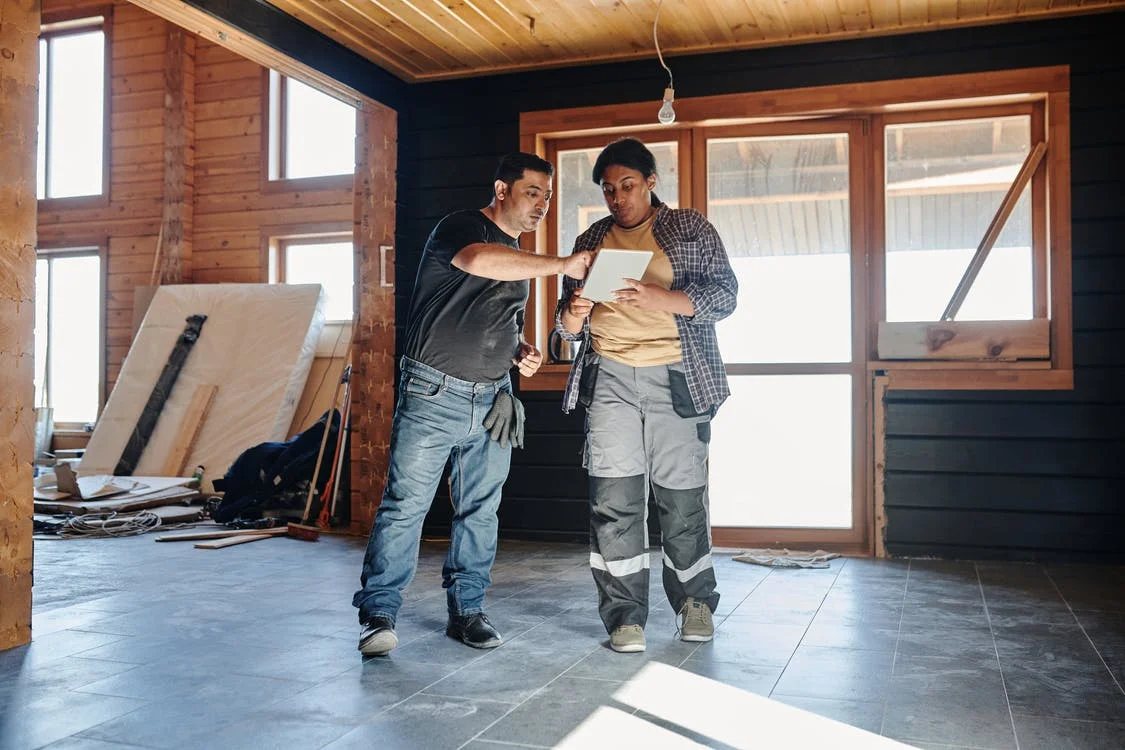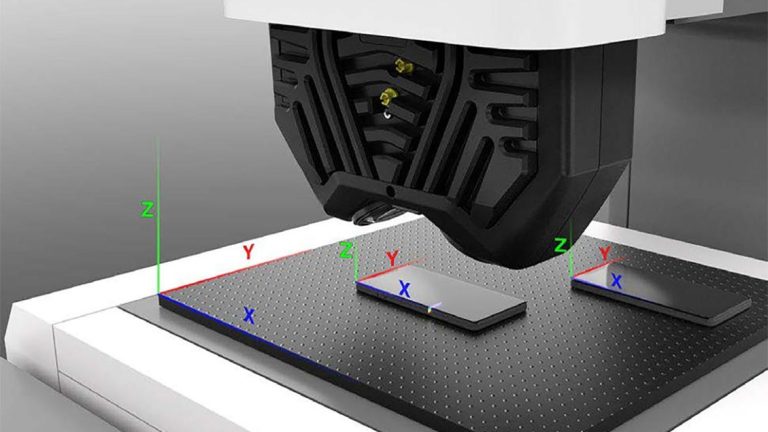The Environmental Benefits of Permanent Sealing for Wood and Concrete Structures
As the world becomes more conscious of environmental sustainability, homeowners and businesses alike are seeking ways to reduce their ecological footprint. One often overlooked aspect of eco-friendly building maintenance is the impact of permanent sealing for wood and concrete structures. From reducing the need for frequent repairs to protecting natural resources, sealing outdoor surfaces provides significant environmental benefits that align with the principles of sustainable living.
In this article, we’ll explore how permanent sealing for wood, concrete, and paver structures not only enhances their durability but also contributes to environmental preservation. We’ll examine the role that sealants play in minimizing waste, conserving natural materials, and promoting long-term sustainability.
1. Extending the Lifespan of Materials
One of the most significant environmental benefits of sealing outdoor surfaces is that it extends the lifespan of materials such as wood and concrete. The longer these materials last, the less frequently they need to be replaced, reducing the demand for new raw materials and minimizing waste.
How Sealing Helps Materials Last Longer:
- Prevents Degradation: Wood and concrete are both vulnerable to environmental wear and tear. Moisture can cause wood to rot, while concrete can crack under pressure from water absorption and temperature changes. A permanent wood and concrete sealant creates a protective barrier that prevents these materials from breaking down, keeping them in good condition for years.
- Reduces the Need for Replacement: By protecting surfaces from water damage, UV rays, and other environmental factors, sealing helps reduce the need for costly and resource-intensive replacements. Fewer replacements mean less demand for new materials, reducing the environmental impact associated with extraction and manufacturing.
This long-term protection reduces the consumption of resources and helps promote a more sustainable approach to home and property maintenance.
2. Lowering Energy Consumption Through Fewer Repairs
Every time outdoor surfaces like patios, driveways, decks, or fences require repairs or replacements, energy is consumed. From the manufacturing of new materials to the transportation and installation processes, these activities contribute to carbon emissions. By applying permanent wood and concrete sealing, homeowners can significantly lower the frequency of repairs and replacements, thus reducing energy consumption.
How Sealing Reduces Energy Use:
- Fewer Material Replacements: Sealing increases the durability of wood and concrete structures, meaning they can withstand harsh weather conditions and daily wear without needing repairs as often. This reduction in repairs lowers the energy consumed in producing and transporting replacement materials.
- Less Maintenance Equipment: The need for constant maintenance, such as resurfacing concrete or replacing wooden boards, requires heavy machinery, trucks, and tools. By minimizing the frequency of these interventions, the energy expended by maintenance teams is significantly reduced.
The energy savings achieved through permanent sealing contributes to lower carbon footprints, making it an eco-friendly option for both residential and commercial properties.
3. Preventing Waste from Replacing Deteriorated Materials
When outdoor structures deteriorate, they often end up in landfills, adding to the world’s waste problem. Wooden boards, broken concrete, and damaged pavers are frequently discarded, contributing to landfill overflow and pollution. Sealing surfaces helps prevent this type of waste by preserving the original materials and eliminating the need for frequent disposal.
The Environmental Impact of Waste Reduction:
- Minimizing Landfill Contributions: By keeping wood, concrete, and stone surfaces in good condition, permanent sealing ensures that fewer materials are sent to landfills. This reduces the volume of waste generated from home and property maintenance, contributing to a cleaner environment.
- Conserving Natural Resources: Every time materials like wood and stone are extracted from the earth, natural resources are depleted. Sealing these materials prolongs their lifespan, reducing the need to extract new resources and helping conserve the planet’s limited supply of raw materials.
Sealing not only preserves the materials themselves but also helps reduce the overall waste footprint of the property, promoting more responsible and eco-conscious construction practices.
4. Sealing Reduces Water and Chemical Usage
Maintaining outdoor structures often requires large amounts of water and chemicals to clean and protect them. Without sealing, these surfaces become dirty, stained, and worn out, requiring regular cleaning with water, detergents, or chemical cleaners. By sealing these surfaces, you can significantly reduce the need for frequent cleaning, saving water and minimizing the use of potentially harmful chemicals.
Water Conservation Through Sealing:
- Easier Cleaning: Sealed surfaces are much easier to clean because they are less likely to absorb dirt, stains, or moisture. A simple rinse with water is often enough to keep them looking clean, reducing the need for regular, intensive cleaning sessions that waste water.
- Less Dependence on Chemicals: Sealing protects surfaces from staining and mold growth, meaning harsh chemicals are no longer necessary to remove stubborn stains or mildew. This leads to less chemical runoff into the environment, protecting local ecosystems and water supplies.
By promoting water conservation and reducing chemical use, sealing offers an eco-friendly solution that helps protect both the property and the surrounding environment.
5. Eco-Friendly Formulas in Modern Sealing Solutions
In addition to the long-term environmental benefits of sealing, many modern sealant products themselves are designed with sustainability in mind. Companies like DuraSeal prioritize the use of eco-friendly sealing solutions that minimize environmental harm while still providing robust protection for wood and concrete surfaces.
The Advantages of Green Sealants:
- Low VOC (Volatile Organic Compounds): Many sealants used today are formulated with low or no VOCs, which means they emit fewer harmful gases into the atmosphere. This contributes to cleaner air quality and reduces the overall environmental impact of the sealing process.
- Non-Toxic Ingredients: Eco-friendly sealants use non-toxic, biodegradable ingredients that are safer for both people and the planet. These sealants do not release harmful chemicals into the soil or water, making them ideal for environmentally conscious homeowners.
- Sustainable Packaging: Some manufacturers also use recyclable or biodegradable packaging for their sealing products, further reducing the environmental impact associated with production and distribution.
Choosing eco-friendly sealing products helps ensure that your property remains protected while minimizing its ecological footprint. DuraSeal Inc. offers solutions that align with these principles, providing protection without compromising sustainability.
6. The Long-Term Environmental Impact of Sealing
The cumulative environmental benefits of sealing extend far beyond individual properties. When more homeowners and businesses adopt sealing practices, the collective reduction in waste, resource consumption, and pollution can have a substantial positive impact on the environment.
How Sealing Contributes to Global Sustainability:
- Reducing Deforestation: By protecting wood structures from premature decay, sealing reduces the demand for new lumber, helping to preserve forests and reduce deforestation.
- Lowering Carbon Emissions: The reduced need for frequent repairs, replacements, and new materials means less energy is consumed, leading to fewer carbon emissions.
- Preserving Local Ecosystems: By reducing chemical runoff and water waste, sealed surfaces help protect local ecosystems, ensuring that plants, animals, and water supplies are less affected by human activities.
Sealing represents a simple yet effective way to make a meaningful contribution to global environmental sustainability, aligning property maintenance practices with eco-conscious values.
Conclusion: Sealing as a Sustainable Solution for Wood and Concrete
The decision to seal outdoor surfaces like wood, concrete, and pavers is not only a practical one but an environmentally responsible choice. By extending the lifespan of materials, reducing waste, conserving water and chemicals, and using eco-friendly formulas, permanent wood and concrete sealing offers a sustainable solution for homeowners and businesses.
With providers like DuraSeal Inc., sealing becomes an investment in both property protection and environmental preservation. Whether you’re looking to protect your patio, driveway, or wooden deck, sealing is a step towards a more sustainable future.






